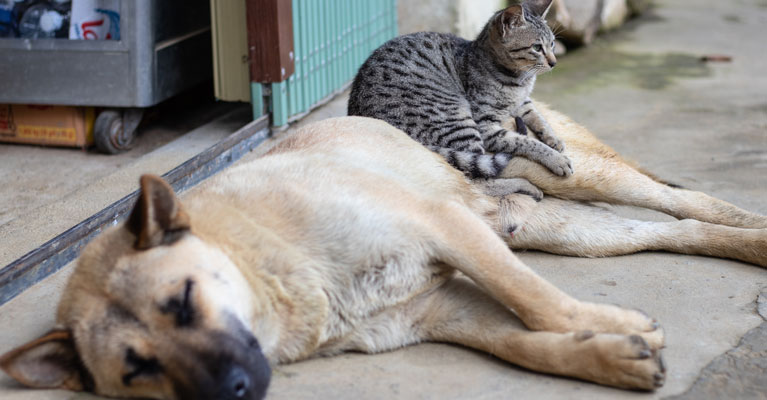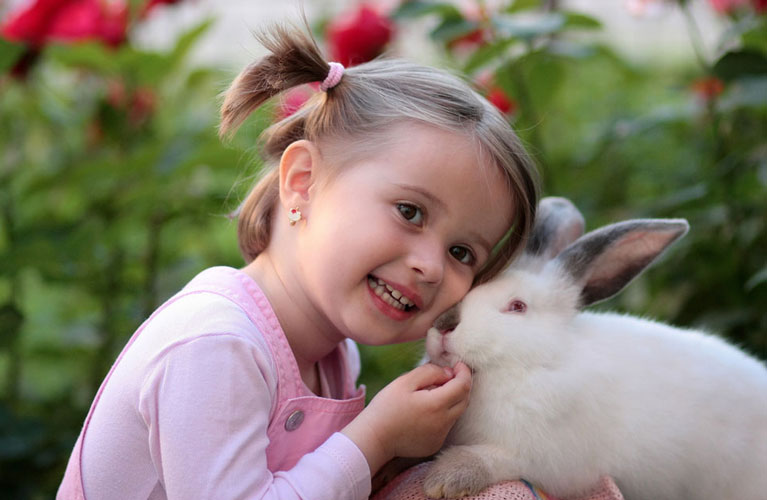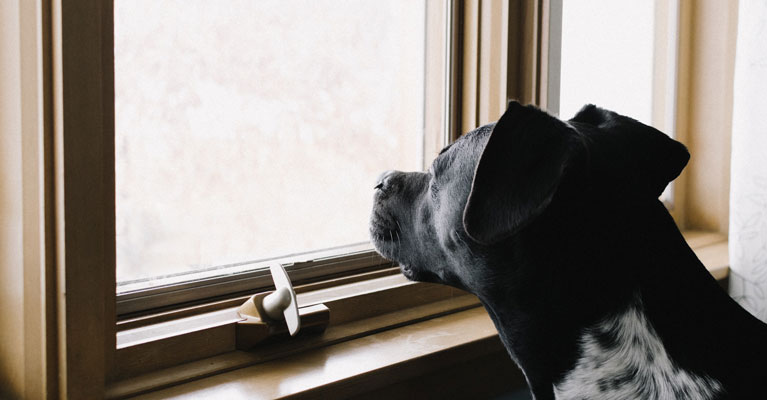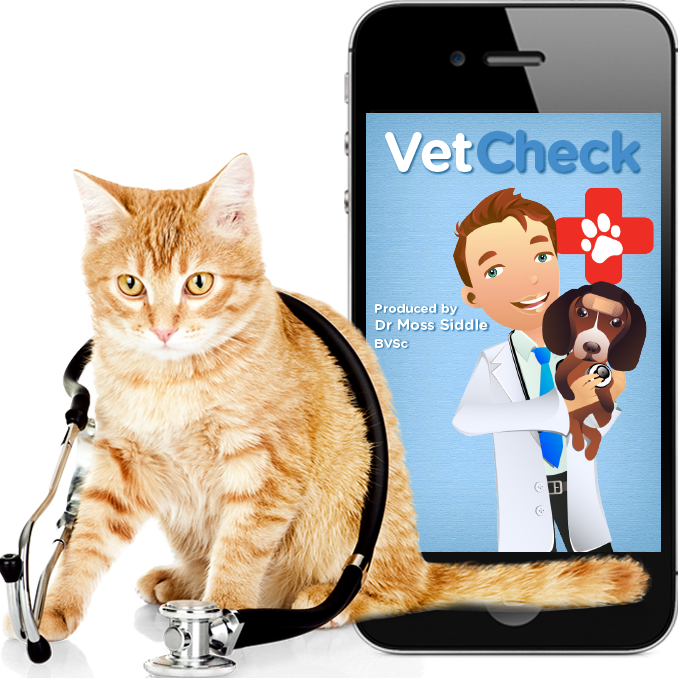Articles
Subscribe to our Monthly newsletter and get our latest articles and special offers delivered straight to your inbox.
Subscribe
What to look out for in Senior Pets?

People often ask, at what age are pets considered “Seniors”?
In general, Cats and small to medium dogs, older than 8-9 years of age and larger dogs, older than 5-6 years of age. As pets are living longer and longer, they become vulnerable to some of the same health issues as we see in elderly people, such as diabetes, kidney disease, urinary tract infections, heart disease and cancer. Unfortunately, our pets cannot tell us how they are feeling and the early signs of some of these illnesses can be very subtle. For this reason, regular check-ups with your veterinarian are crucial to detecting problems early and we recommend senior pets have a check-up at least every 6 months.
Kidney Disease in Cats
Chronic kidney disease is unfortunately a common cause of illness in older cats just as it is in people. Early signs of kidney disease can be very subtle, but can progress to weight loss, reduced appetite, lethargy, increased thirst and urination, vomiting and bad breath. Diagnosis of kidney disease usually involves a combination of blood and urine tests. Unfortunately, there is no cure for kidney disease, but early detection allows us to implement treatments which may slow the progression of disease and improve quality of life, such as special diets, increasing water intake and medications where required.
Diabetes
Did you know that dogs and cats can get diabetes? Though not as common as in humans, diabetes does occur in dogs and cats. The most common symptoms of diabetes in pets may include weight loss despite a ravenous appetite, a scruffy/unhealthy looking coat, and increased thirst and urination. If undetected, diabetes can progress to a life-threatening condition called Diabetic Ketoacidosis (DKA) which causes weakness or collapse, loss of appetite, vomiting and diarrhoea. Thankfully we now have a wide range of tools to assist in diagnosing and managing diabetes in pets, ensuring they can continue to live happy lives with this condition.
Lumps and bumps
As pets age, they can develop a range of different types of lumps on and under the skin. These lumps can be benign (non-aggressive) age-related growths, but unfortunately these can sometimes also be cancerous lumps (tumours), and it can sometimes be difficult to tell a benign lump from a potentially “nasty” lump.
Read our full article on Lumps and Bumps >
Arthritis
Do you know the signs of arthritis in dogs and cats? Cats are very skilled at hiding the early signs of illness or pain. While dogs with arthritis may show signs of limping or slowing down on walks, cats may have much more subtle signs of arthritis, such as sleeping more, not grooming as much (particularly around the hind quarters) or not jumping as high. Luckily there are a range of effective treatment options for arthritis in both cats and dogs.
Read our full article on Arthritis in Dogs >
Read our full article on Arthritis in Cats >
Hyperthyroidism
Is your cat constantly pestering you for food but seeming to get skinnier and skinnier? If so your cat could be suffering from hyperthyroidism – a common condition in middle aged to older cats. Hyperthyroidism essentially means an overactive thyroid gland, which causes an increase in your cat’s metabolism. This results in symptoms such as weight loss despite a ravenous appetite, excessive thirst and urination, hyperactivity or increased vocalization, and sometimes vomiting and diarrhoea. A blood test can confirm the diagnosis of hyperthyroidism, and then there are a range of treatment options available.
Pee problems?
A common complaint of cat owners is their cat urinating outside the litter tray or in strange places around the house. There are several reasons a cat may do this, which are often grouped into medical and behavioural causes. Medical causes include things like urinary tract infections and other causes of cystitis (inflammation of the bladder), kidney problems or difficulty getting in and out of the litter tray due to arthritis or other joint pain issues. Behavioural causes include stress/anxiety, dirty litter trays (or not enough trays in multi-cat households) and marking/territorial behaviour. Your vet can help to work out the cause and provide appropriate treatments or strategies to manage this frustrating problem.
Incontinence
Does your older dog sometimes leave wet patches on their bed after resting or sleeping? Urinary incontinence is a common problem in older female dogs, particularly desexed females. The most common cause of urinary incontinence is weakness of the muscles around the urethra and bladder entrance, however other health conditions such as urinary tract infections and diseases that increase urine production (such as diabetes and kidney disease) can also cause or exacerbate incontinence. The first step to addressing this problem is a check-up with your vet and usually testing of a urine sample to look for any underlying health issues. Luckily there are a range of effective treatment options for incontinence in female dogs.
Contact us for more information about caring for senior pets and remember that regular check-ups are key to a healthy older pet.
Latest Posts
Platinum Paws
Would you like you annual vets costs spread out monthly, plus bonus services and discounts? Join Platinum Paws Proactive Pet Care Club today.
More




